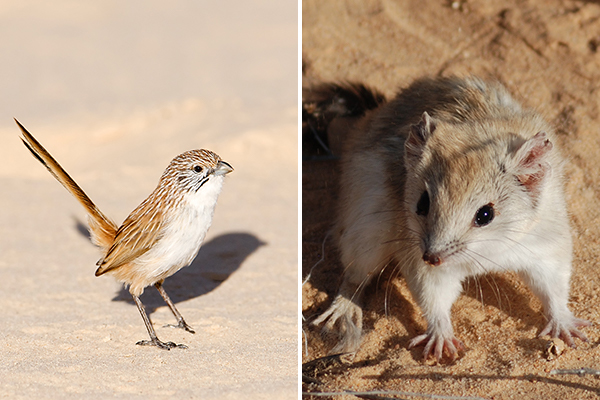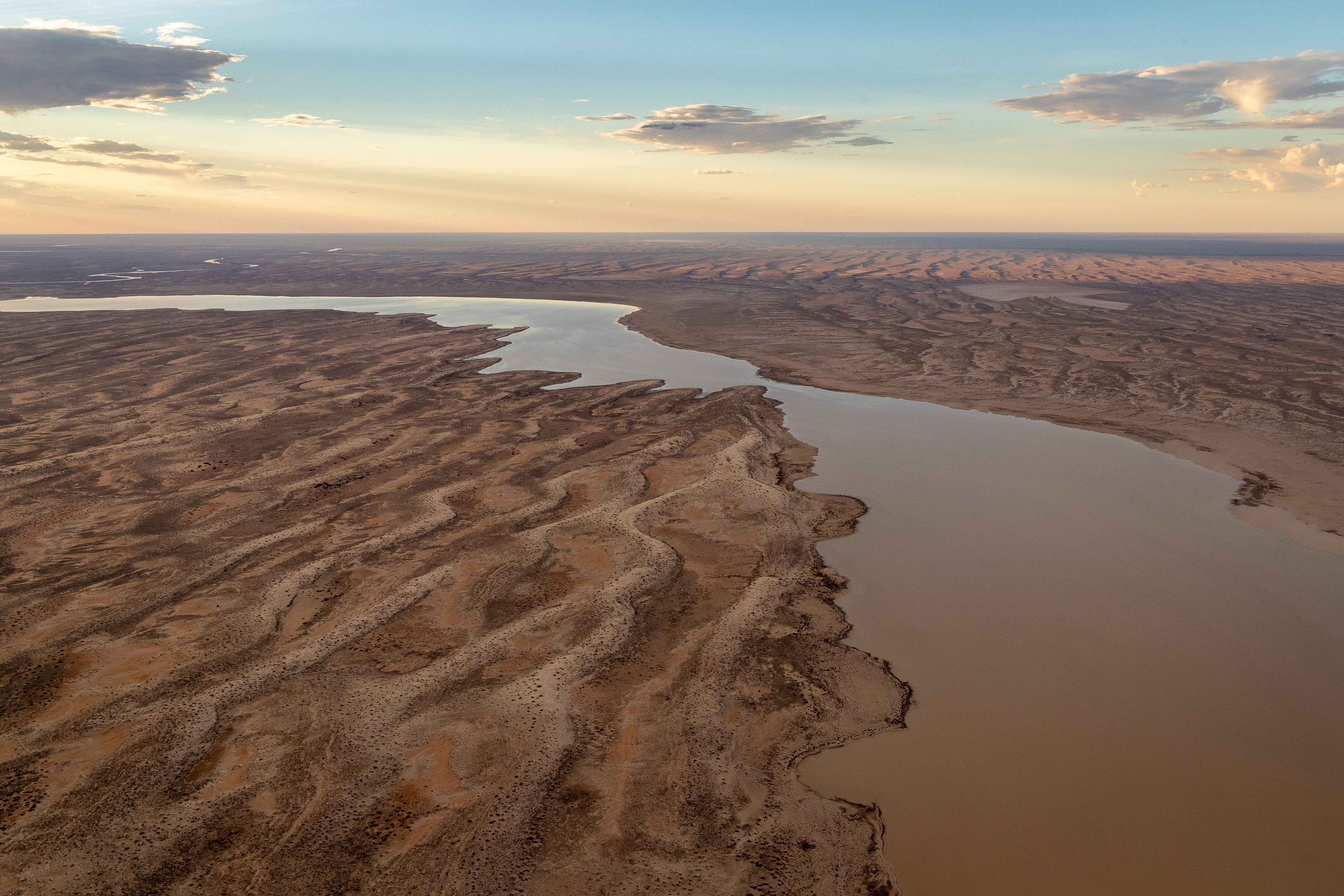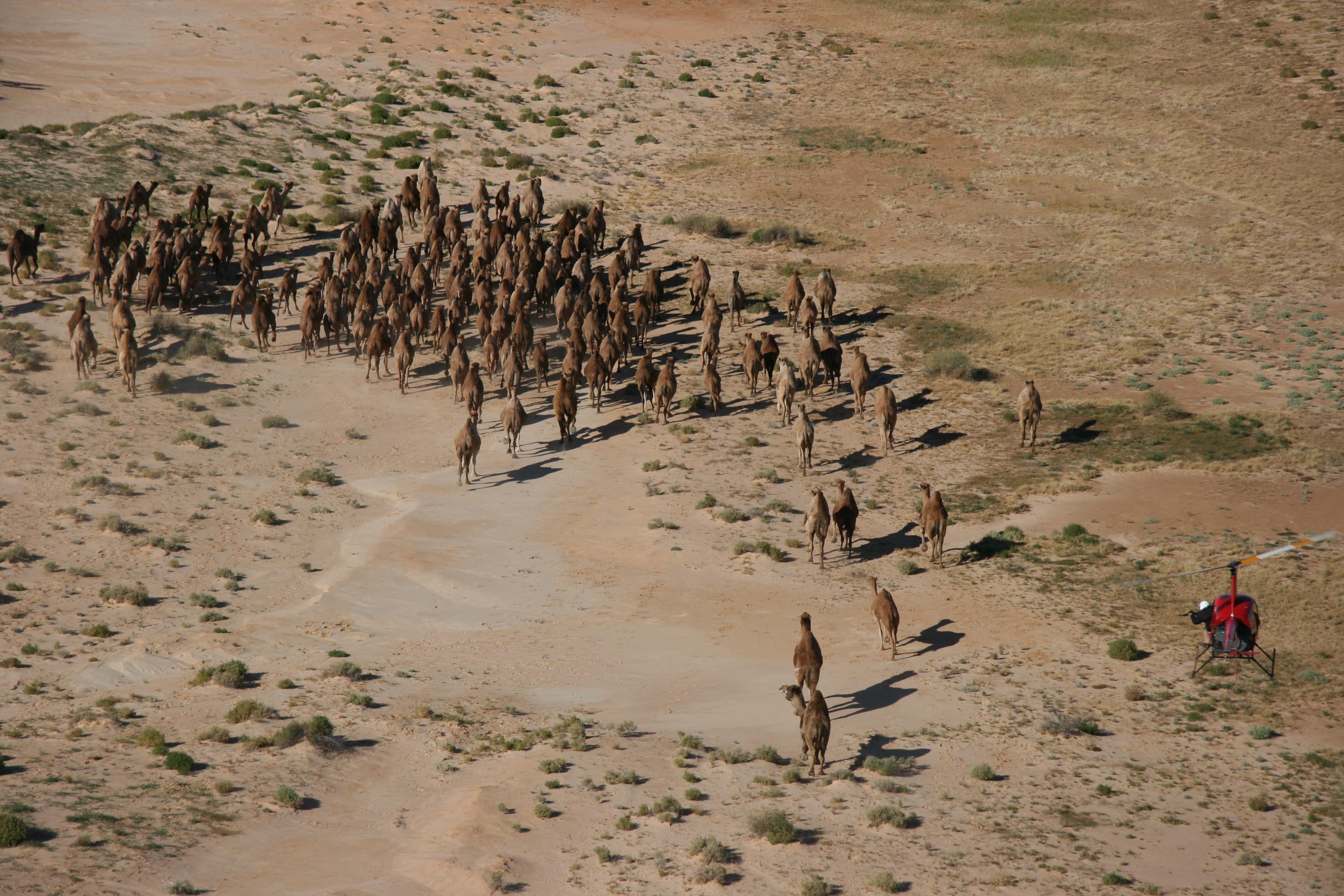One of Australia’s most spectacular natural events is currently unfolding at Kalamurina Wildlife Sanctuary, as local rain and flooding rivers help to fill Kati Thanda-Lake Eyre.
The video below showcases the incredible spectacle of the Warburton in flood, as waters meander across the Simpson and Tirari Deserts to enter Kati Thanda-Lake Eyre and the area comes alive.
Large amounts of water have been moving towards Kati Thanda-Lake Eyre in recent months, journeying down the Lake Eyre Basin catchment to converge into Warburton Creek on Kalamurina, triggering an ecological boom before spilling out into Australia’s largest lake.
The first floodwaters arrived in mid-March, the result of flooding in northern Queensland in late January and early February, and followed by the inundating rains of ex-tropical cyclone Trevor in Queensland and the Northern Territory in March. Then came an unexpected boost: 62.2 millimetres of rain fell over Kalamurina at Easter triggering a spectacular transformation across this vast desert landscape, which received only 29.4mm of rain in the preceding 18 months. Locals are now predicting the lake may even reach three-quarters full.
Kalamurina Wildlife Sanctuary encompasses most of the northern shores of Kati Thanda-Lake Eyre, as well the lower reaches of the key rivers that carry water to the lake: the Warburton Creek, Kallakoopah Creek and the Macumba River. Seventy five percent of all water entering Kati Thanda-Lake Eyre flows through this system.
Kalamurina Wildlife Sanctuary, a former pastoral station transformed by AWC into one of Australia’s biggest non-government nature reserves, is critical to the health of the Lake Eyre catchment. Protecting 679,000 hectares, the vast sanctuary lies at the intersection of three desert ecosystems – the Simpson, Tirari and Sturt’s Stony deserts – and is immensely important in the conservation of a range of ecosystems in the lower reaches of the basin.
 ©AWC
©AWC
The floodwaters and recent rain event are now transforming Kalamurina into a rare desert oasis, rejuvenating the landscape and delivering a boost to the productivity of its ecosystems. The new flush of vegetation growth provides a crucially important opportunity for rare and threatened wildlife populations – like the Crest-tailed Mulgara, Kultarr, Dusky Hopping-mouse, Woma Python and even desert frogs – to recover from the extended dry conditions. The floodwaters also support a burst of aquatic life, which in turn attracts a wonderful variety of birds to breed here.
 © Brad Leue/AWC
© Brad Leue/AWC
The section of the Warburton Creek on Kalamurina Wildlife Sanctuary is the only stretch of this iconic river that is managed for conservation. The absence of cattle grazing, and our intensive feral animal control, means that the coolabah woodlands, lignum thickets and floodplain vegetation is in exceptional condition here.
However, feral animals, such as cattle, camels, pigs and cats, will also look to take advantage of these boom conditions. The challenge for AWC is to step up feral animal control along Warburton Creek to maximise the ecological benefits of this precious flood event.
 © Rob Sleep/AWC
© Rob Sleep/AWC
Please consider supporting the management of Warburton Creek (Kati Thanda-Lake Eyre) and help protect Kalamurina’s threatened wildlife. $500 will sponsor the management of 250 metres of the iconic Warburton Creek for one year, allowing us to continue delivering an incredible ecological return.
Click below to donate